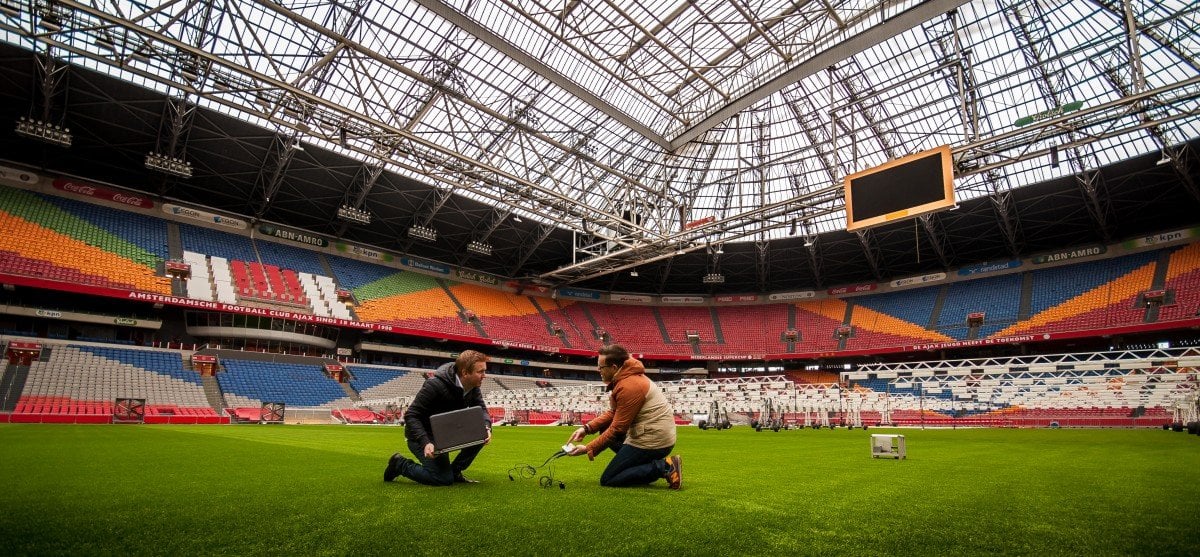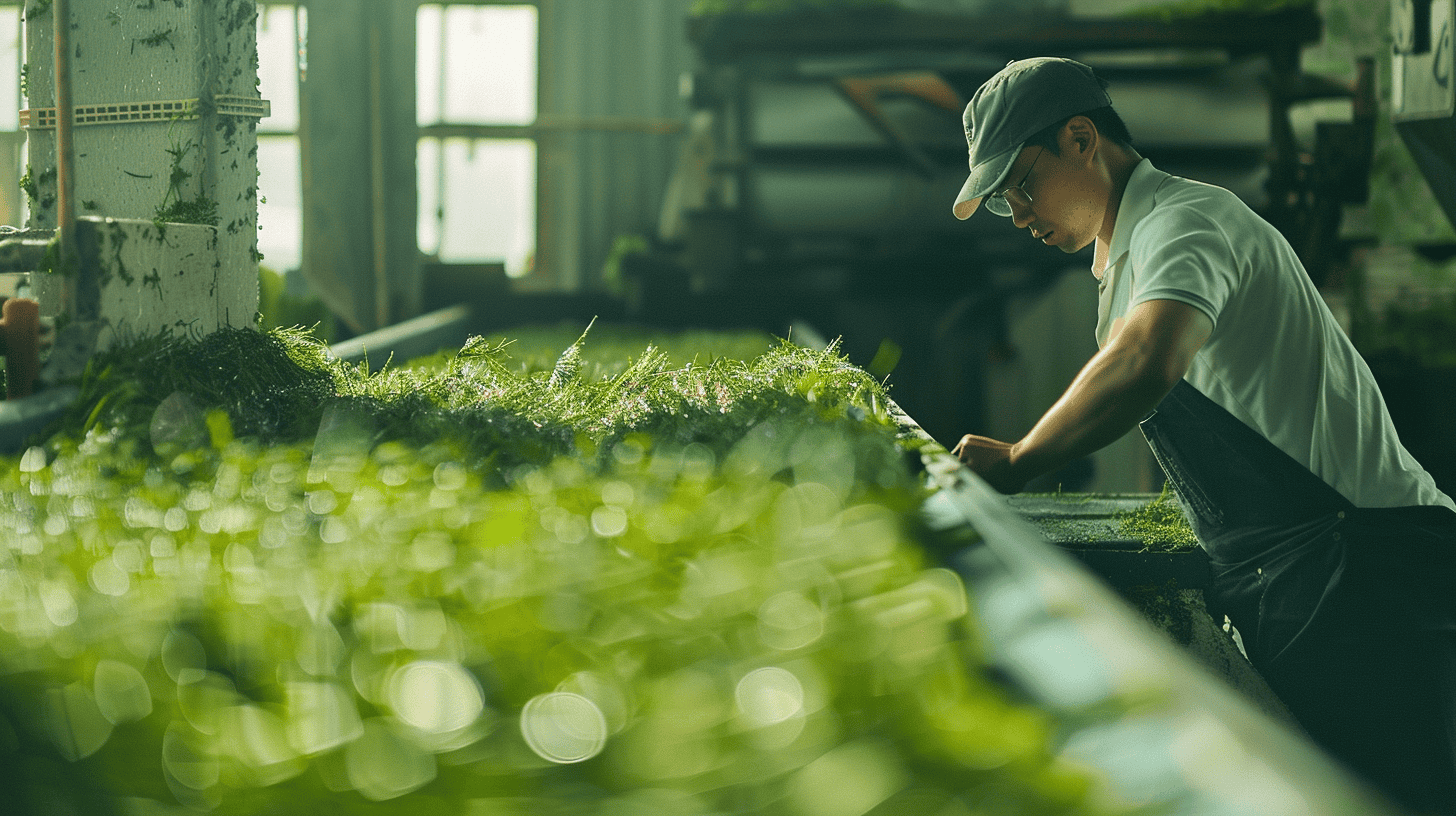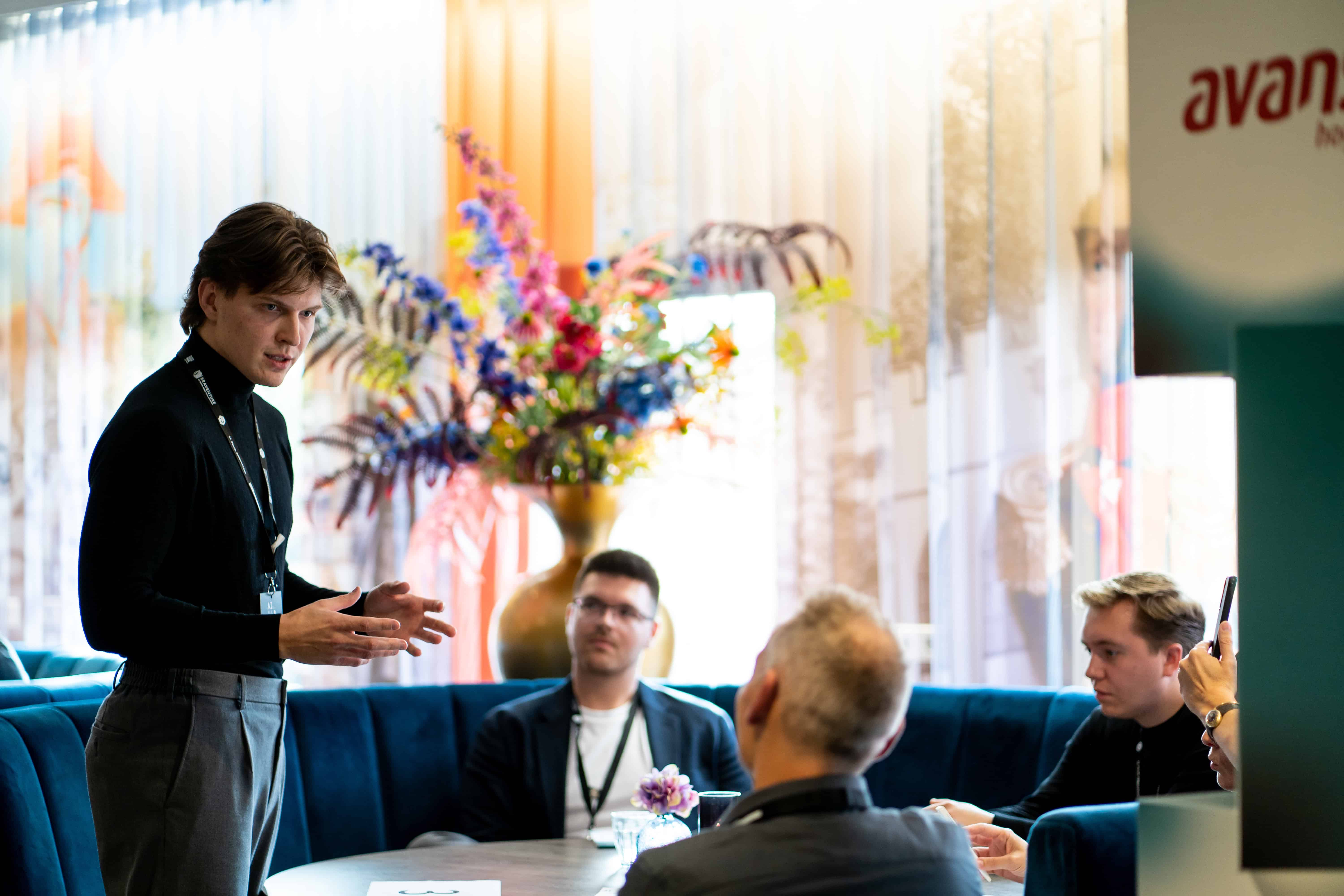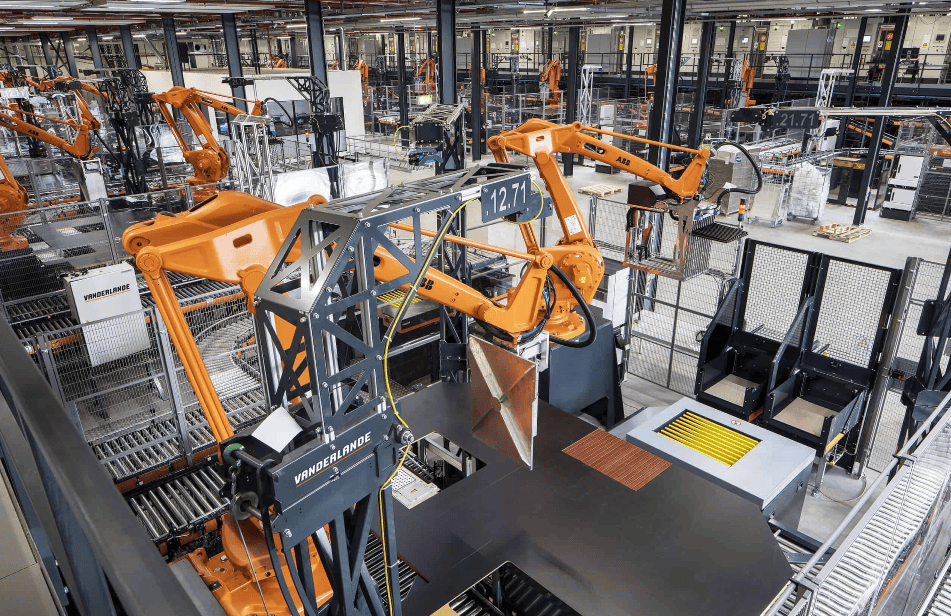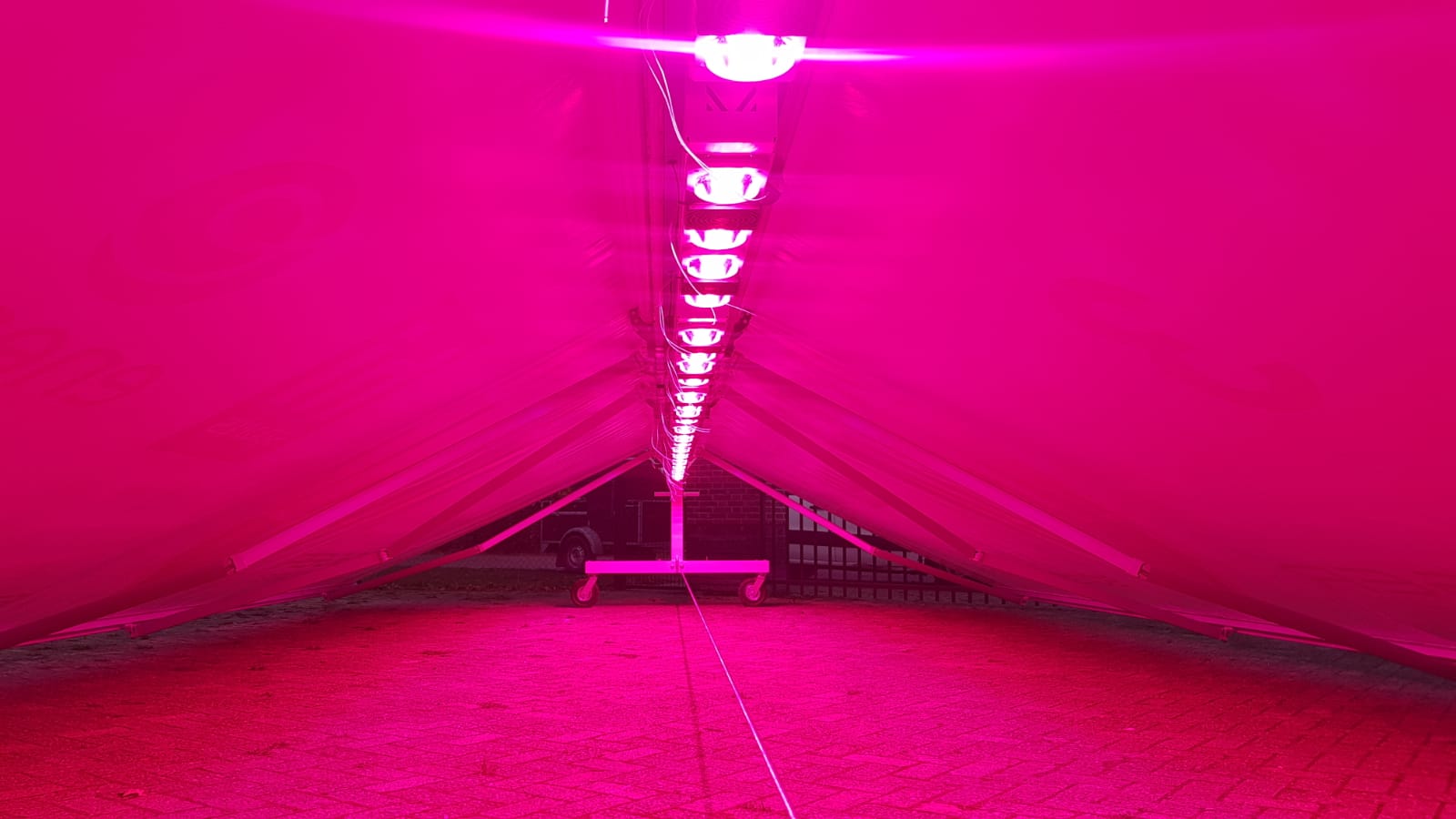
After several years of experience – and many successes – with the digital monitoring of the grass in the Johan Cruijff Arena, it is not surprising that more organizations are reaching out to the services of HI-Sports. Besides the KNVB, where HI sports has developed a grass dashboard for all premier league clubs and the Johan Cruijff Arena as a living-lab where HI-sports works on various innovations, many others regularly knock on the company’s door. One of these is Stogger, a Panningen-based engineering company with a specialization in LED lighting. The question was: can you give us specific lighting advice for optimal treatment of the turf in De Koel?
HI-Sports (an initiative of Eindhoven-based Holland Innovative) with data biologist Joep van Cranenbroek knows what to do with that kind of question. “We have known Stogger for some time now, but a while back they approached us with a specific question about the lighting of sports fields. Their technical expertise combined with our knowledge of data-driven sports field maintenance and management obviously gave enormous possibilities.”

So the follow-up question was: what does grass need in terms of lighting, and then how do you go about designing a lamp that meets those needs? After a number of sessions with all those involved, the choice fell on a modular system that could be adjusted in time (summer, winter, time of day) but also place (shady and sunny spots) according to the needs of the moment. “I see it as ‘astronaut food for the grass’: you deliver exactly what you need at the right time and in the place.”
In order to also be able to build the lamps themselves in a modular way, Stogger is working with MechaTronix. Van Cranenbroek: “The advantage is that with the same energy, the LED lights provide 90% more light than traditional SON-T lights, and they are integrable with sensors in the field, which provides huge cost savings. This means that proper turf treatment is now becoming available for a much larger group; it’s reliably and comes at a favorable price.” A system that is therefore not only for the large clubs with large budgets but also for the smaller ones that strive for the same quality sports fields with fewer resources.
All in all, De Koel stadium got a system this way that offers an ideal light distribution, with limited pressure on the field. “And all that in a look & feel that completely suits VVV Venlo,” said Van Cranenbroek. The yellow-and-black light tents do indeed appeal to the imagination, but it is not limited to the outside: “We analyzed the entire field, both on the ground and with the light, and in this way we were able to determine exactly what is needed at each spot of the grass at any time. An exposure report then helps the soccer club with the correct use of the lights.”
Energy efficiency
Several factors affect the quality of the grass: light, temperature, water, co2, and nutrients are the most important of these. “The heat generated by the LED lights is reused to increase the grass temperature and energy efficiency. The other factors are solved so that the recovery power of the grass is increased and the mat can resist another match day. In Venlo, they know all about it now.”




